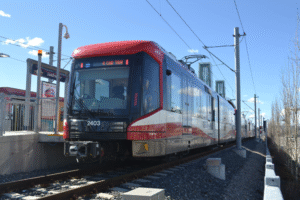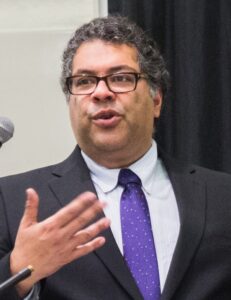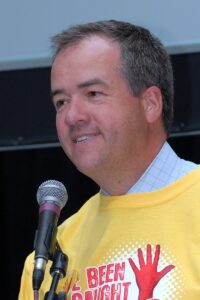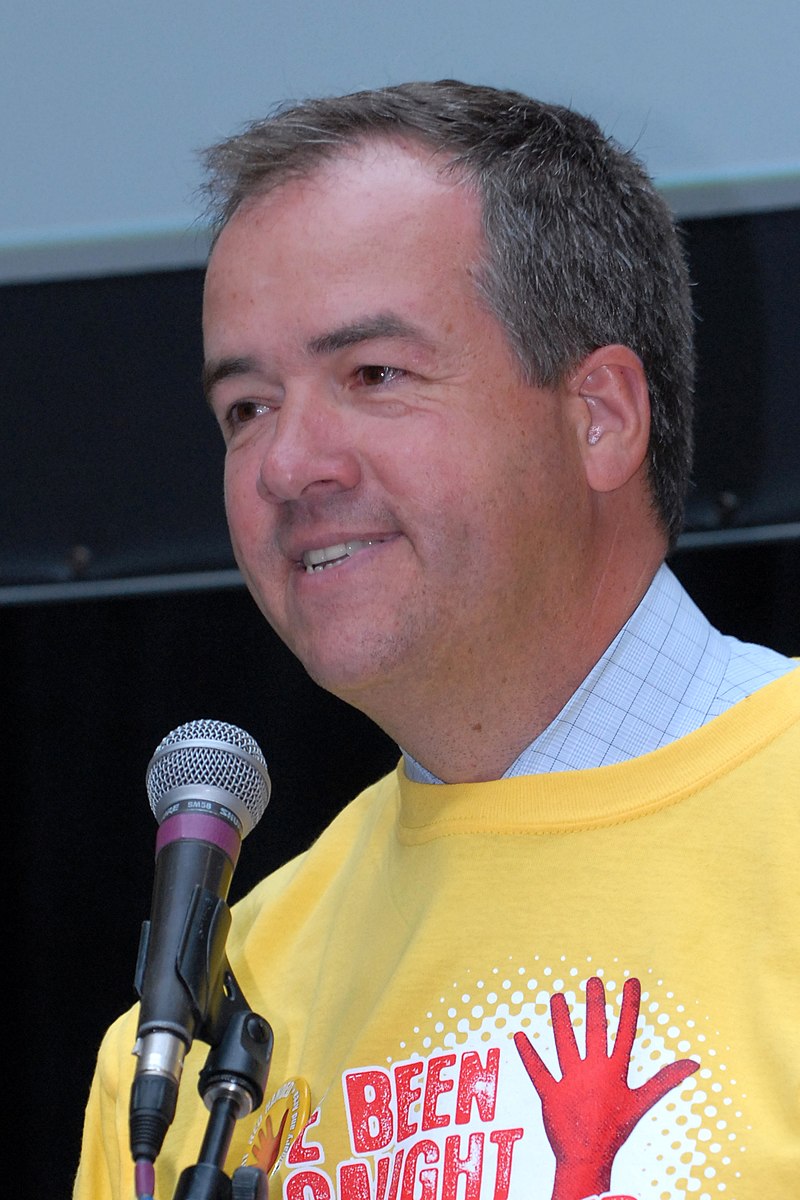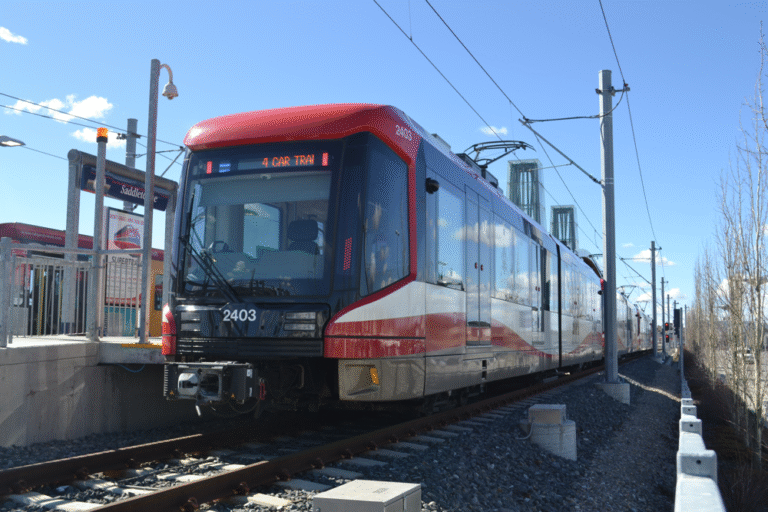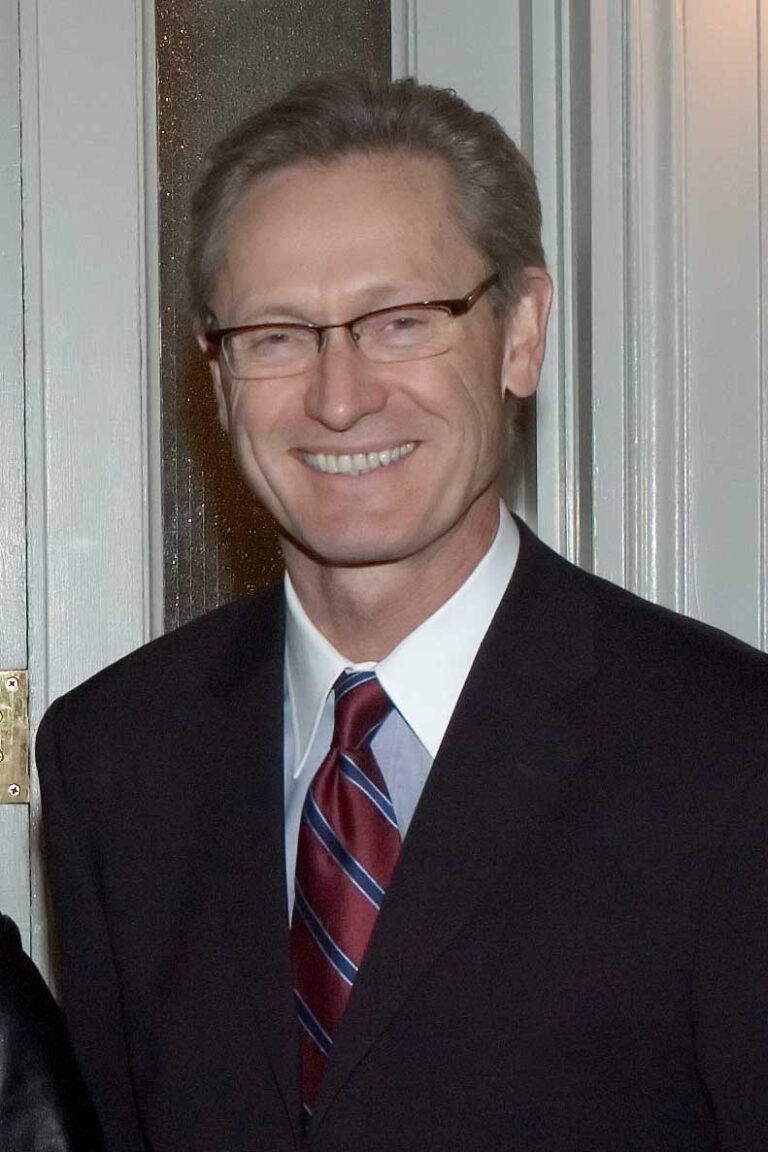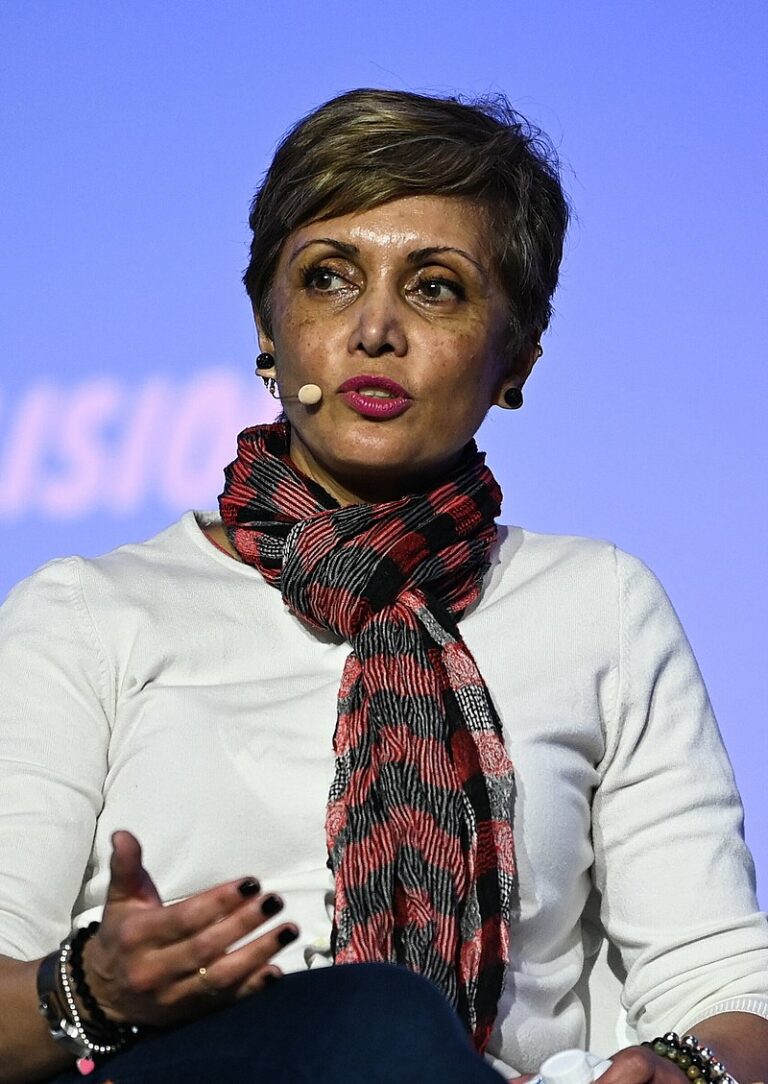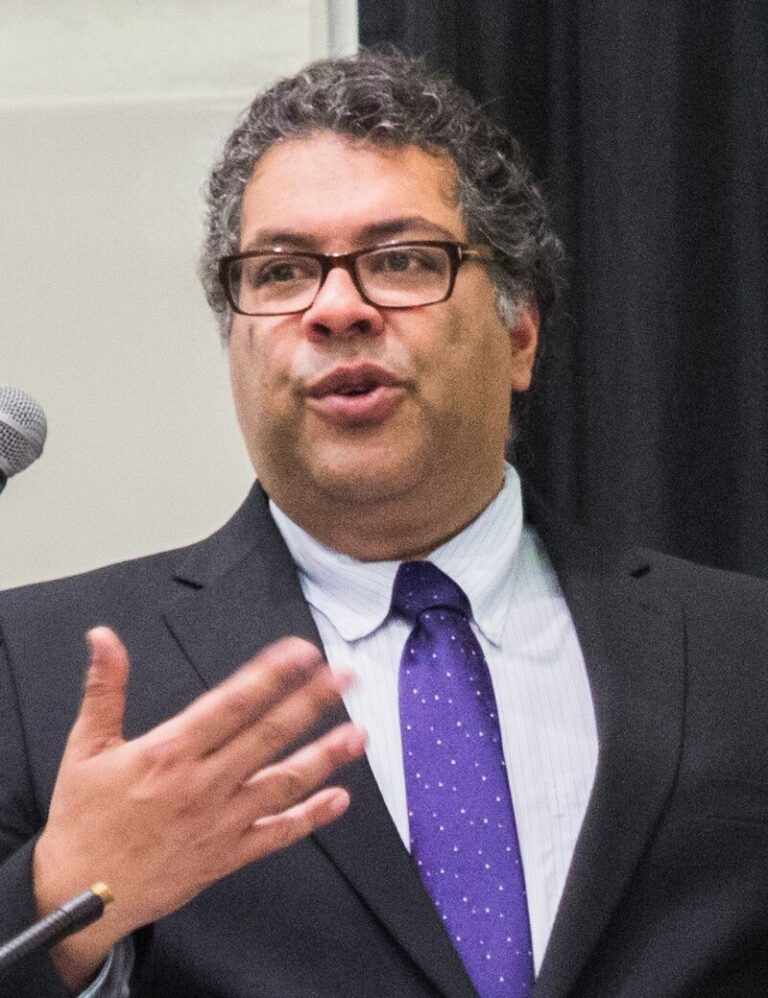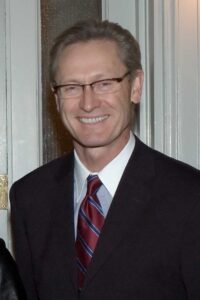2001–2010: Mayor Dave Bronconnier – Boom-Time City Building
Mayor Dave Bronconnier governed through the high-growth oil boom of the 2000s (re-elected easily in 2004 and 2007) and focused on catching up with infrastructure and city services. With the local economy booming and city revenues rising, Bronconnier’s campaigns and policies centered on “building Calgary” to match its growth. Some highlights and recurring topics during his tenure:
- Infrastructure Investment: Bronconnier aggressively pursued funding to expand Calgary’s infrastructure. Under his leadership, the City undertook projects like the extension of the LRT (including the new West LRT line which was approved and begun), upgrades to roads and interchanges, and new facilities. He lobbied the provincial and federal governments for Calgary’s “fair share” of funding – a notable success was securing a share of the federal gas tax for cities and provincial infrastructure grants. In 2007, for example, he negotiated significant provincial funding (though he famously sparred with the province when promised funds were cut – at one point threatening legal action over a $150 million shortfallreddeeradvocate.com). Bronconnier’s campaign messaging often touted improving commute times and building LRT extensions to new suburbs. By the late 2000s, cranes and construction were common – an outward sign of city policy prioritizing growth infrastructure.
- Managing Growth & Urban Sprawl: While Bronconnier was more growth-friendly than his 2001 rival, by the end of his tenure he too acknowledged Calgary could not sprawl forever. In 2009, City Council (led by Bronconnier) adopted Plan It Calgary, an ambitious long-range plan integrating a new Municipal Development Plan and Calgary Transportation Plan. Plan It Calgary’s vision was to curb unmanaged sprawl and foster a “denser and more pedestrian-friendly city” over 60 yearssprawlcalgary.com. It set targets for a greater share of future population to be housed in established areas (aiming for 50% of growth via infill and redevelopment)sprawlcalgary.com. This proved controversial, essentially pitting sustainability advocates against the development industry, which argued Calgarians preferred suburban living and accused City Hall of “social engineering” by pushing densitysprawlcalgary.com. Bronconnier did broker compromises – the Plan’s density targets were softened to get it passedsprawlcalgary.com – but the mere adoption of Plan It signaled a policy shift. Even Calgary’s 2000s boom mayor agreed “we’ve been squandering land as a city…that can’t continue”sprawlcalgary.com. Thus, by 2010 Calgary had formally embraced smart growth principles on paper, setting the stage for debates in the next election over how to implement those ideas.
- Transit vs Roads: Every Calgary election features transportation, and in the 2000s this took the form of expanding the C-Train vs widening roads. Bronconnier pushed both: he championed the West LRT line (connecting downtown to the southwest communities) and also invested heavily in road infrastructure (e.g. expansions of major routes like Deerfoot and Stoney Trails in partnership with the province). There was generally broad support for transit expansion, though cost and routing debates occurred at council. By 2007, Bronconnier’s platform and council agenda included moving forward on the Airport Tunnel (an under-runway tunnel to improve airport access) and preliminary plans for a future southeast LRT. Voters consistently rewarded Bronconnier – in 2007 he won re-election with about 61% of the votebabynology.com – indicating that the public prioritized tackling traffic congestion and keeping pace with growth.
- Social and Community Issues: While less prominently featured than growth and infrastructure, some social issues did arise. For example, affordable housing became a hot topic mid-decade as housing costs skyrocketed in the boom; in 2007 the City created an Affordable Housing Fund (using provincial grants) and candidates debated how to ensure service workers could live in Calgary. Crime and safety also cropped up, especially after a spike in gang-related violence around 2005–2008. In campaign forums Bronconnier faced questions on how to address the city’s crime problem, and he responded with pledges to expand police resources and community programs (indeed, by 2009 Calgary police staffing had grown). Another issue was smoking in public places – a proposed City bylaw to ban smoking in bars/restaurants was delayed in 2001 (the outgoing Council, led by long-time Alderman Sue Higgins, stalled itheritagecalgary.ca), but later in the decade Calgary did implement smoking restrictions, aligning with a broader public health trend.
Overall, Bronconnier’s era was marked by continuity and “big project” execution. He enjoyed very high approval (80% of Calgarians said in 2002 he met or exceeded expectationsipsos.com) and no serious challengers until he chose to retire. City policy during 2001–2010 shifted from the austerity of the 90s to ambitious capital spending and planning for future growth. By 2010, Calgary had new roads and bridges, plans for managed growth (Plan It), and a recognition that simply expanding outward indefinitely was neither financially nor environmentally sustainable.
